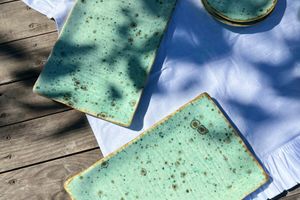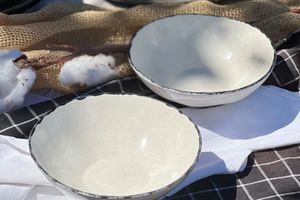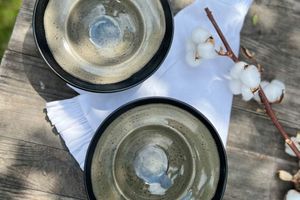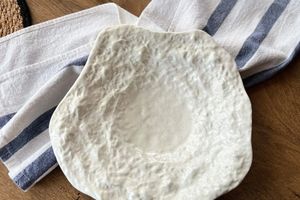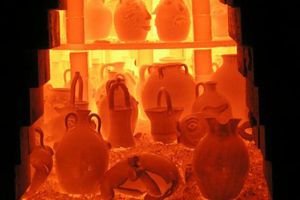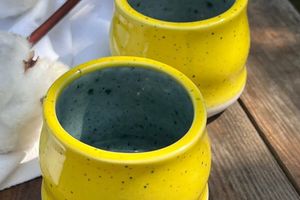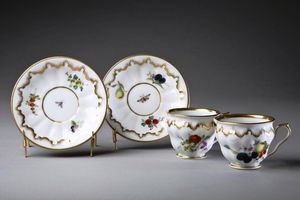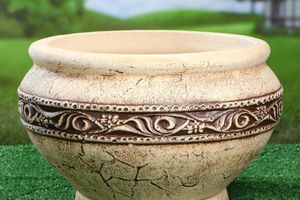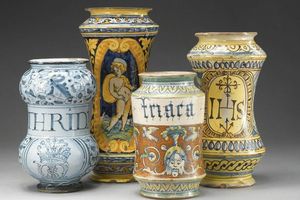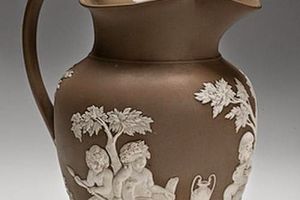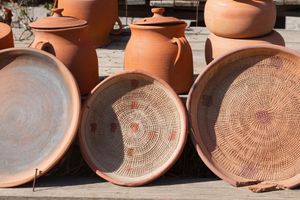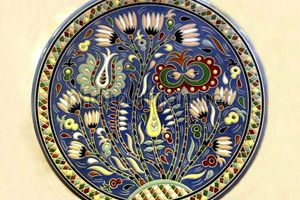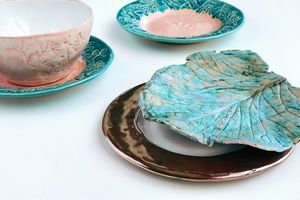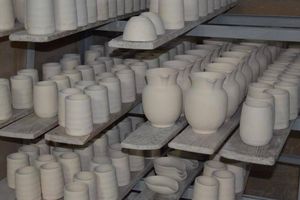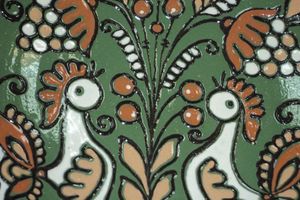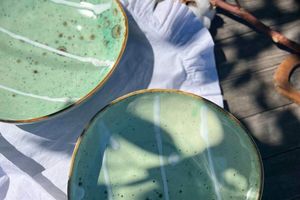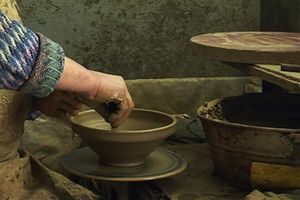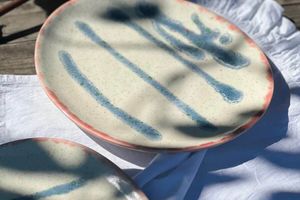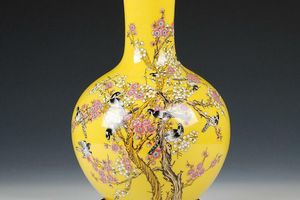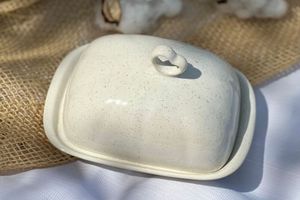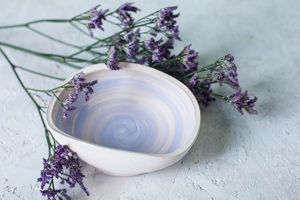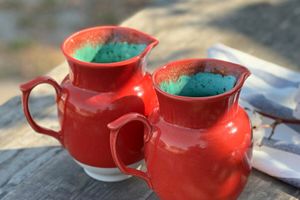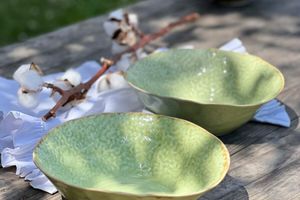The World's Oldest Ceramic Artifacts: Age, History, and Significance
Ceramics is one of the oldest arts that has accompanied humanity since the first days of civilization. Clay products were not only utilitarian objects, but also important cultural artifacts that preserve the history, art, and religious beliefs of various peoples. In this blog we will look at some of the oldest ceramics that have been found in different parts of the world.
1. Venus from Dolna Vestonice (Czech Republic)
Date of Creation: About 29,000–25,000 BC
Description: Venus from Dolna Vestonitsy is one of the oldest known ceramic figurines representing a female figure. Found in the Czech Republic, it symbolizes fertility and was probably used in ritual practices. This is an amazing example of how early cultures used ceramics to create religious artifacts.
2. Qianhanlin Fragments (China)
Date of creation: about 18,000 BC.
Description: Found in Jiangxi Province, these fragments are among the oldest known examples of Chinese pottery. They prove that Chinese culture already in those distant times used clay to create functional and decorative objects.
3. Jomon Japanese Ceramics
Date of Creation: About 14,000–13,000 BC
Description: Jomon pottery is one of the oldest forms of pottery in the world. It is distinguished by a unique pattern created with the help of ropes that were used to decorate the surface of clay products. These products demonstrate a high level of craftsmanship and aesthetics, which were characteristic of Japanese craftsmen of that time.
4. Liangzhu ceramics (China)
Date of creation: approximately 3300–2300 BC.
Description: The Liangzhu culture is known for its exquisite ceramics with thin walls and intricate ornaments. These wares are examples of high-quality ceramics used for religious and ritual purposes in ancient China.
5. Chalcolithic ceramics (Turkey)
Date of Creation: About 7,000–5,000 BC
Description: In the ancient city of Çatal-Göyük, located on the territory of modern Turkey, one of the oldest forms of ceramics was found. Products of this culture are often decorated with geometric ornaments, which indicates a developed aesthetic culture and ritual traditions.
6. Banu ceramics (China)
Date of creation: approximately 5000–3000 BC.
Description: Banu pottery is characterized by exquisite black-glazed wares and thin walls. It is considered the ancestor of Chinese ceramics of the Longshan period, which became the basis for many future styles and techniques in Chinese ceramic art.
7. Vadakaliptam ceramics (India)
Date of creation: approximately 2500–2000 BC.
Description: Vadakaliptham pottery from South India includes pots and vessels decorated with characteristic red and black patterns. This pottery is one of the oldest in India and reflects the rich cultural traditions and aesthetic preferences of the society of the time.


